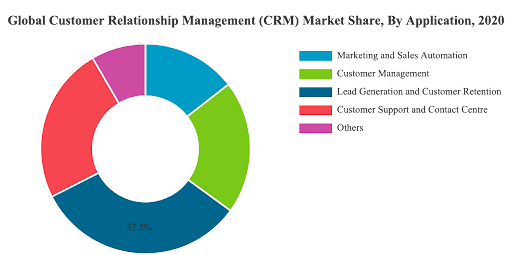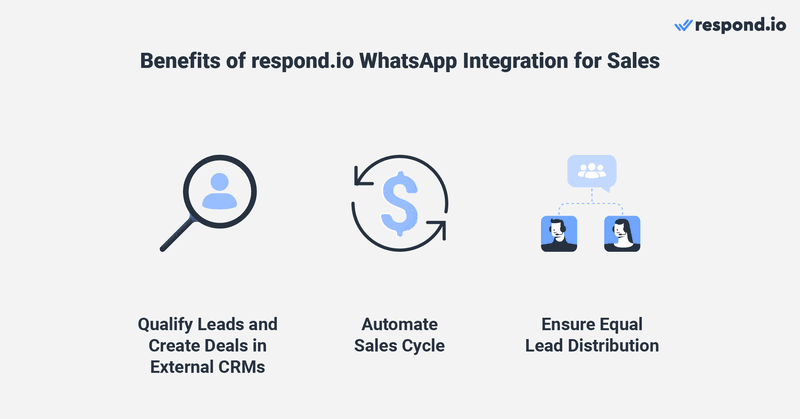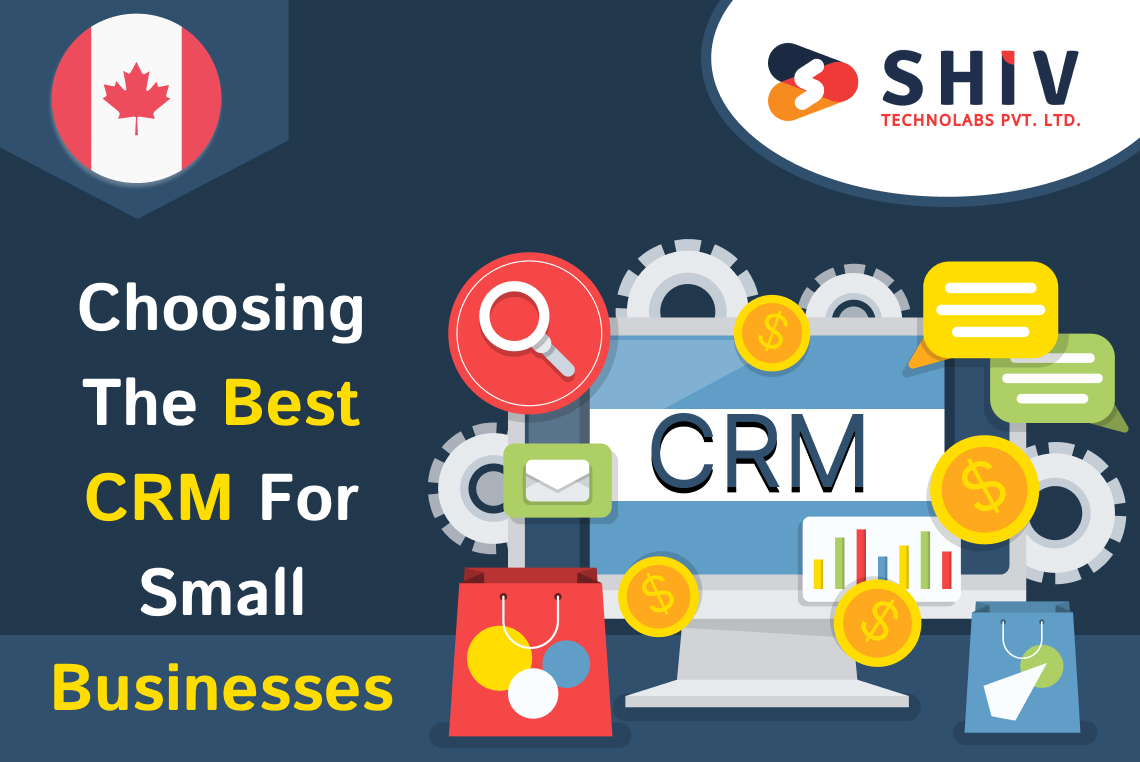
Boosting Your Bottom Line: A Deep Dive into CRM Marketing Performance
In today’s hyper-competitive business landscape, simply having a great product or service isn’t enough. You need to understand your customers, nurture relationships, and personalize your marketing efforts to truly stand out. This is where Customer Relationship Management (CRM) systems come into play, acting as the central nervous system for your marketing operations. But, beyond just *having* a CRM, the true value lies in how effectively you leverage it to drive marketing performance. This article delves deep into the world of CRM marketing performance, exploring its crucial components, strategies for optimization, and real-world examples of success. Get ready to transform your marketing from guesswork to a data-driven powerhouse.
What is CRM Marketing Performance?
At its core, CRM marketing performance refers to the effectiveness of your marketing initiatives as measured and improved through the use of a CRM system. It’s not just about tracking leads or sending out mass emails; it’s about understanding the entire customer journey, from initial awareness to post-purchase loyalty. It encompasses all aspects of your marketing efforts, from lead generation and nurturing to sales conversion and customer retention, all viewed through the lens of your CRM data.
Think of it this way: your CRM is the brain, and your marketing activities are the actions. CRM marketing performance is the measure of how well those actions are coordinated, informed, and executed to achieve your desired business outcomes. These outcomes typically include increased revenue, improved customer lifetime value, and enhanced brand loyalty.
Key Components of CRM Marketing Performance
Several key components contribute to effective CRM marketing performance. Understanding these elements is crucial for building a successful strategy:
- Data Quality: Garbage in, garbage out. The accuracy, completeness, and consistency of your customer data are the foundation of everything. A clean and well-maintained database is essential for accurate targeting, personalized messaging, and effective segmentation.
- Segmentation: Dividing your customer base into meaningful groups based on demographics, behaviors, preferences, and purchase history. This allows you to tailor your marketing messages and offers to resonate with specific segments.
- Automation: Automating repetitive marketing tasks, such as email campaigns, lead nurturing workflows, and social media posting, saves time and resources while ensuring consistent communication.
- Personalization: Delivering personalized experiences to individual customers based on their preferences and behaviors. This can range from simple email greetings to dynamic website content and product recommendations.
- Reporting and Analytics: Tracking key performance indicators (KPIs) and analyzing your marketing results to identify what’s working and what’s not. This data-driven approach allows you to continuously optimize your campaigns and improve your ROI.
- Integration: Seamlessly integrating your CRM with other marketing tools, such as email marketing platforms, social media management tools, and e-commerce platforms, creates a unified view of your customer data and streamlines your marketing workflows.
Why is CRM Marketing Performance Important?
In a world where customers are bombarded with marketing messages, standing out from the crowd requires a strategic and data-driven approach. CRM marketing performance offers several key benefits:
- Increased Revenue: By targeting the right customers with the right messages at the right time, you can significantly improve your sales conversion rates and generate more revenue.
- Improved Customer Retention: Understanding your customers’ needs and preferences allows you to build stronger relationships and foster loyalty, leading to higher customer retention rates.
- Enhanced Customer Lifetime Value (CLTV): By retaining customers for longer and encouraging repeat purchases, you can increase their lifetime value, which is a crucial metric for long-term business success.
- Reduced Marketing Costs: By automating tasks and optimizing your campaigns, you can reduce your marketing costs and improve your return on investment (ROI).
- Better Decision-Making: Data-driven insights from your CRM allow you to make informed decisions about your marketing strategy, resource allocation, and product development.
- Competitive Advantage: Companies that effectively leverage CRM marketing performance often gain a significant competitive advantage by providing superior customer experiences and building stronger brand loyalty.
Strategies for Optimizing CRM Marketing Performance
Improving your CRM marketing performance is an ongoing process that requires a strategic approach and a commitment to continuous improvement. Here are some key strategies to consider:
1. Define Clear Goals and KPIs
Before you can measure your success, you need to define what success looks like. Set clear, measurable, achievable, relevant, and time-bound (SMART) goals for your marketing efforts. Examples include:
- Increasing lead generation by X% within Y months.
- Improving sales conversion rates by Z%.
- Reducing customer churn by A%.
- Increasing customer lifetime value by B%.
Then, identify the key performance indicators (KPIs) that will help you track your progress toward these goals. Common KPIs for CRM marketing performance include:
- Conversion Rates: The percentage of leads that convert into customers.
- Customer Acquisition Cost (CAC): The cost of acquiring a new customer.
- Customer Lifetime Value (CLTV): The predicted revenue a customer will generate over their relationship with your business.
- Churn Rate: The percentage of customers who stop doing business with you.
- Email Open Rates and Click-Through Rates: Measures of email campaign effectiveness.
- Website Traffic and Engagement: Metrics related to website performance and user behavior.
2. Clean and Maintain Your Data
As mentioned earlier, data quality is paramount. Regularly clean and update your CRM data to ensure its accuracy and completeness. This involves:
- Data Validation: Implementing rules to ensure that data entered into your CRM meets specific criteria (e.g., email address format, phone number length).
- Data Deduplication: Identifying and merging duplicate records to avoid sending multiple emails to the same person or creating inaccurate reports.
- Data Enrichment: Adding missing information to customer records, such as demographic data or purchase history, to improve your understanding of your customers.
- Regular Audits: Periodically reviewing your data to identify and correct errors or inconsistencies.
3. Segment Your Customer Base
Don’t treat all your customers the same. Segment your customer base into meaningful groups based on various factors, such as:
- Demographics: Age, gender, location, income, etc.
- Behaviors: Website activity, purchase history, product usage, etc.
- Interests: Preferences, hobbies, and other interests.
- Purchase History: Recent purchases, average order value, frequency of purchases.
- Engagement Level: How actively they interact with your brand (e.g., email opens, website visits).
Effective segmentation allows you to tailor your marketing messages and offers to resonate with specific segments, leading to higher engagement and conversion rates.
4. Automate Your Marketing Workflows
Automation can save you time and resources while ensuring consistent communication with your customers. Automate repetitive tasks such as:
- Email Marketing: Send automated welcome emails, nurture sequences, and abandoned cart emails.
- Lead Nurturing: Guide leads through the sales funnel with targeted content and offers.
- Social Media Posting: Schedule social media posts to maintain a consistent presence on social platforms.
- Task Management: Automate follow-up tasks for sales reps and customer service representatives.
5. Personalize Your Customer Experiences
Customers expect personalized experiences. Use your CRM data to deliver personalized messages, offers, and content based on individual customer preferences and behaviors. This can include:
- Personalized Email Greetings: Address customers by name in your emails.
- Dynamic Website Content: Display different content based on customer segments or individual customer profiles.
- Product Recommendations: Suggest products based on past purchases or browsing history.
- Personalized Offers: Create targeted promotions based on customer preferences and purchase behavior.
6. Track and Analyze Your Results
Regularly track your KPIs and analyze your marketing results to identify what’s working and what’s not. Use your CRM’s reporting and analytics features to gain insights into your campaign performance. This data-driven approach allows you to continuously optimize your campaigns and improve your ROI. Analyze the following:
- Campaign Performance: Track email open rates, click-through rates, conversion rates, and ROI.
- Customer Behavior: Analyze website activity, purchase history, and engagement levels.
- Sales Performance: Track sales conversion rates, average order value, and customer lifetime value.
7. Integrate Your CRM with Other Tools
Integrate your CRM with other marketing tools, such as email marketing platforms, social media management tools, and e-commerce platforms, to create a unified view of your customer data and streamline your marketing workflows. This integration allows you to:
- Sync Customer Data: Automatically synchronize customer data between your CRM and other tools.
- Automate Workflows: Trigger actions in other tools based on events in your CRM (e.g., sending an email when a lead is created).
- Gain a Holistic View: See a complete picture of your customer interactions across all channels.
8. Train Your Team
Ensure your marketing and sales teams are properly trained on how to use your CRM system and leverage its features to improve their performance. This includes training on data entry, segmentation, automation, reporting, and analytics. Provide ongoing support and training to keep your team up-to-date on the latest CRM features and best practices.
9. Regularly Review and Refine Your Strategy
CRM marketing performance is not a set-it-and-forget-it endeavor. Regularly review your strategy, KPIs, and results to identify areas for improvement. Experiment with different approaches and tactics to optimize your campaigns and achieve your goals. Stay up-to-date on the latest marketing trends and technologies to ensure your strategy remains effective.
Real-World Examples of CRM Marketing Performance Success
The power of CRM marketing performance is evident in the success stories of businesses across various industries. Here are a few examples:
Example 1: E-commerce Retailer
An e-commerce retailer used its CRM to segment its customer base based on purchase history, browsing behavior, and demographics. They then implemented automated email campaigns to:
- Send personalized product recommendations based on past purchases.
- Offer exclusive discounts to high-value customers.
- Send abandoned cart emails to recover lost sales.
Results: The retailer saw a 20% increase in sales, a 15% increase in customer lifetime value, and a significant reduction in abandoned cart rates.
Example 2: SaaS Company
A SaaS company used its CRM to track lead activity, nurture leads through the sales funnel, and personalize onboarding experiences. They implemented:
- Automated lead nurturing sequences based on lead source and engagement.
- Personalized onboarding emails and tutorials for new customers.
- Targeted email campaigns to promote new features and upsell existing customers.
Results: The company experienced a 30% increase in lead conversion rates, a 25% increase in customer retention, and a significant improvement in customer satisfaction.
Example 3: Financial Services Provider
A financial services provider used its CRM to manage customer relationships, personalize communications, and improve customer service. They implemented:
- A centralized database of customer information.
- Automated workflows for customer service requests.
- Personalized email campaigns to promote financial products and services.
Results: The provider saw a 10% increase in customer retention, a 15% increase in cross-selling opportunities, and a significant improvement in customer satisfaction scores.
Choosing the Right CRM System
Selecting the right CRM system is crucial for achieving optimal CRM marketing performance. Consider the following factors when choosing a CRM:
- Your Business Needs: What are your specific marketing goals and objectives? What features and functionalities do you need to achieve those goals?
- Scalability: Will the CRM system be able to scale as your business grows?
- Integration Capabilities: Does the CRM integrate with your existing marketing tools and platforms?
- Ease of Use: Is the CRM user-friendly and easy to learn?
- Cost: What is the total cost of ownership, including software, implementation, and training?
- Vendor Reputation: What is the reputation of the CRM vendor? Do they offer good customer support?
Some popular CRM systems include:
- Salesforce: A comprehensive CRM platform with a wide range of features and integrations.
- HubSpot: A user-friendly CRM platform with a focus on inbound marketing.
- Zoho CRM: A cost-effective CRM platform with a wide range of features.
- Microsoft Dynamics 365: A powerful CRM platform with a focus on enterprise-level businesses.
- Pipedrive: A sales-focused CRM platform designed for small businesses.
Before making a decision, research different CRM systems, compare their features and pricing, and read reviews from other users. Consider requesting a demo or free trial to test the system before making a commitment.
The Future of CRM Marketing Performance
The landscape of CRM marketing performance is constantly evolving, driven by advances in technology and changes in customer behavior. Some key trends to watch include:
- Artificial Intelligence (AI): AI-powered CRM systems can automate tasks, personalize experiences, and provide predictive analytics.
- Machine Learning (ML): ML algorithms can analyze large datasets to identify patterns and insights that can improve marketing performance.
- Hyper-Personalization: Delivering highly personalized experiences based on individual customer preferences and behaviors.
- Omnichannel Marketing: Integrating marketing efforts across multiple channels to provide a seamless customer experience.
- Privacy and Data Security: Protecting customer data and complying with data privacy regulations is becoming increasingly important.
Businesses that embrace these trends and adapt their CRM marketing strategies accordingly will be well-positioned for success in the future.
Conclusion: Embrace the Power of CRM for Marketing Success
CRM marketing performance is a critical component of any successful marketing strategy. By leveraging the power of your CRM system, you can gain a deeper understanding of your customers, personalize your marketing efforts, and drive significant improvements in revenue, customer retention, and brand loyalty. By focusing on data quality, segmentation, automation, personalization, and continuous improvement, you can unlock the full potential of your CRM and transform your marketing from a cost center to a profit center. Embrace the strategies outlined in this article, stay informed about the latest trends, and continuously optimize your approach to achieve lasting marketing success. The future of marketing is here, and it’s powered by CRM.




